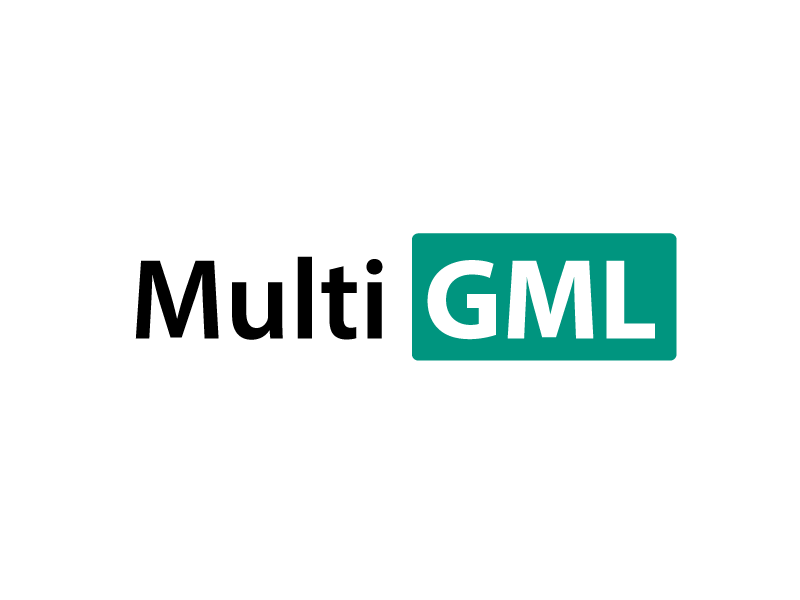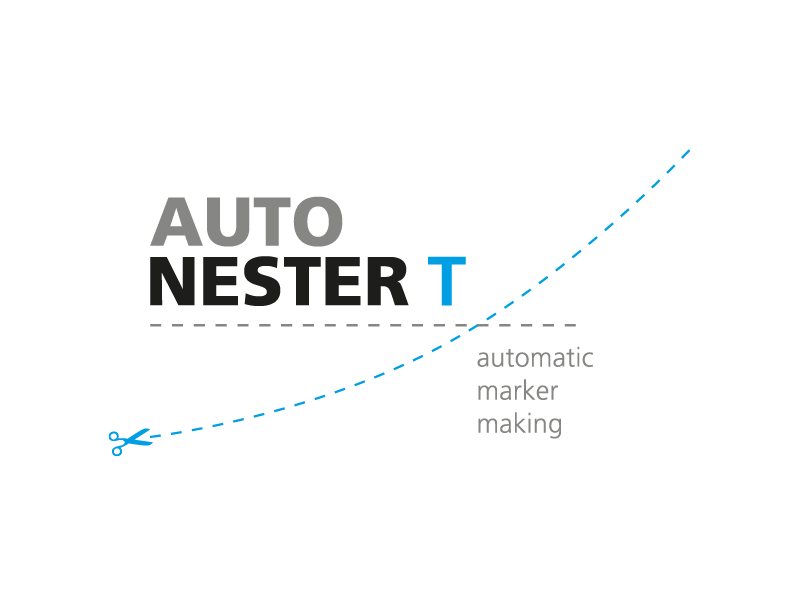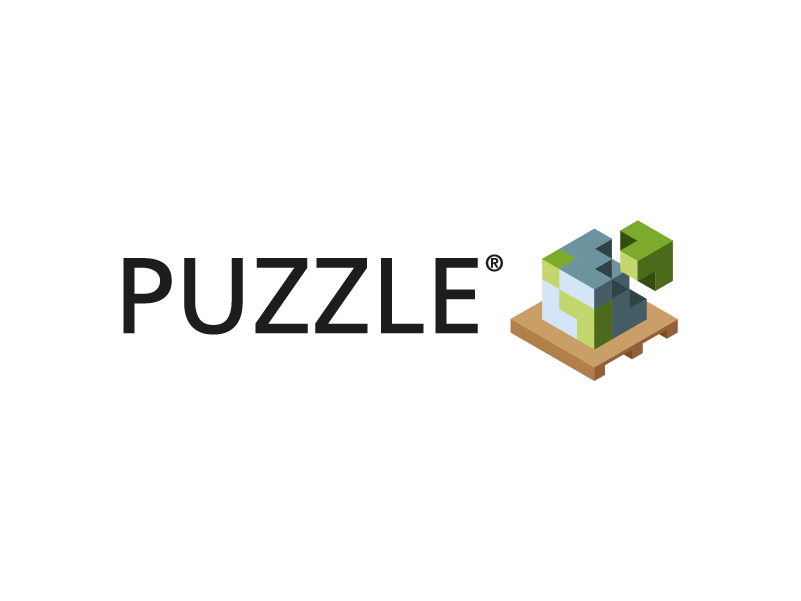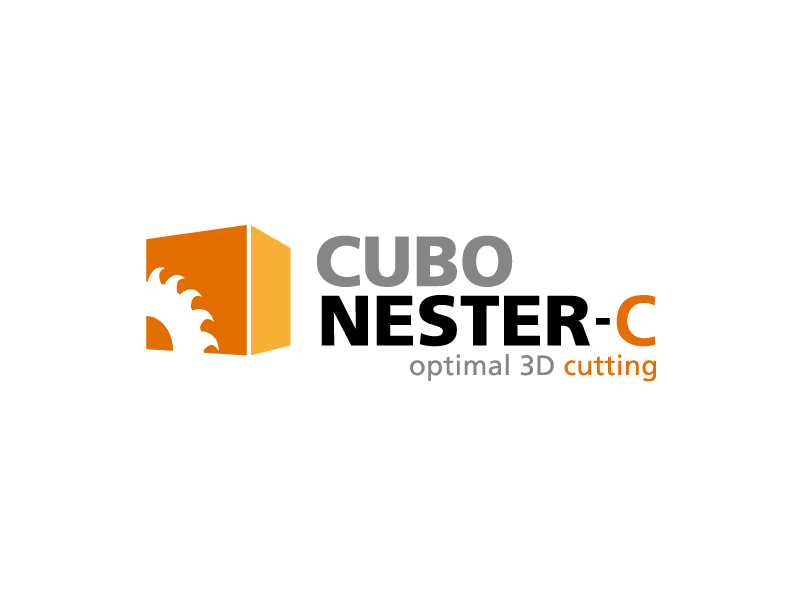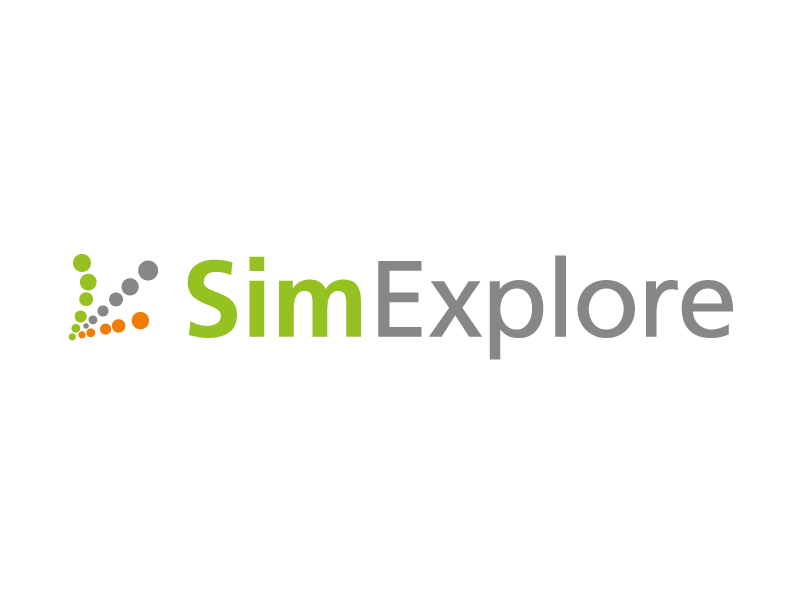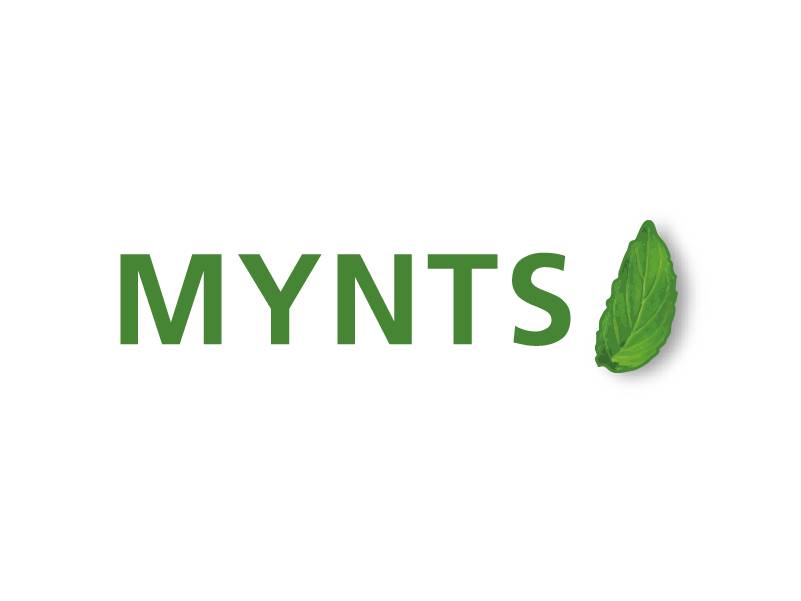FoundationEHR is a transformer-based deep neural network architecture pre-trained on almost 1 billion EHRs from ~3.5 million patients in the USA
Initial situation and context
High potential for the use of structured electronic health records (EHRs)
Structured Electronic Health Records (EHRs) comprising diagnoses, prescriptions, and procedure codes have widespread use in many healthcare systems. They are, e.g., utilized for health-economic, pharmaco-epidemiological, pharmaco- vigilance, and marketing purposes. Furthermore, there is an increasing interest in using these data for personalized risk prediction, understanding real-world disease trajectories, constructing external control arms, or emulating entire clinical trials. In this context, artificial intelligence (AI) and, specifically, machine learning (ML) are employed more and more.

Existing challenges
Structured EHR data is initially not ready to apply statistical modeling techniques or advanced AI / ML. Traditionally, many researchers have constructed an analysis dataset by simply indicating the presence/absence of specific diagnoses before a defined index date in a patient’s history.
This approach ignores any temporal aspects of disease development and is often biased towards a priori-defined diagnosis, preventing the discovery of new insights from data.
Leverage the potential of EHRs via deep learning
We have developed a modern deep learning-based approach to deal with structured EHR data, which leverages the full potential of these data. FoundationEHR is a transformer- based deep neural network architecture pre-trained on almost 1 billion EHRs from ~3.5 million patients in the USA. FoundationEHR is a foundation model, i.e., an AI model, from which the customer can derive further task-specific AI/ML models in a further fine-tuning (transfer-learning) procedure. FoundationEHR distinguishes itself from other solutions through multiple aspects:





